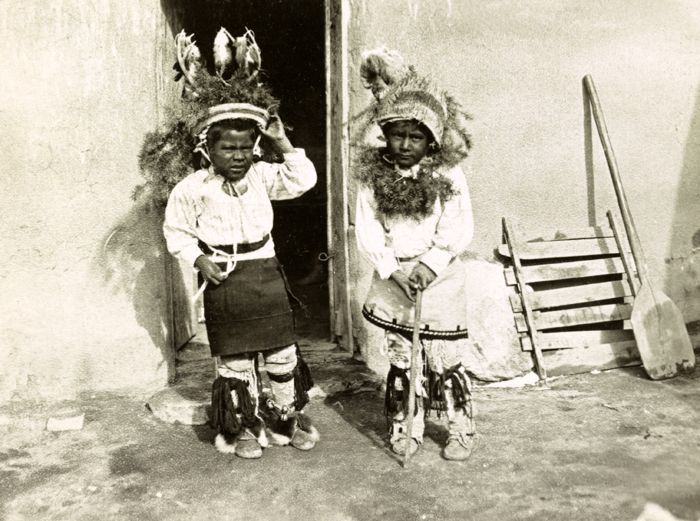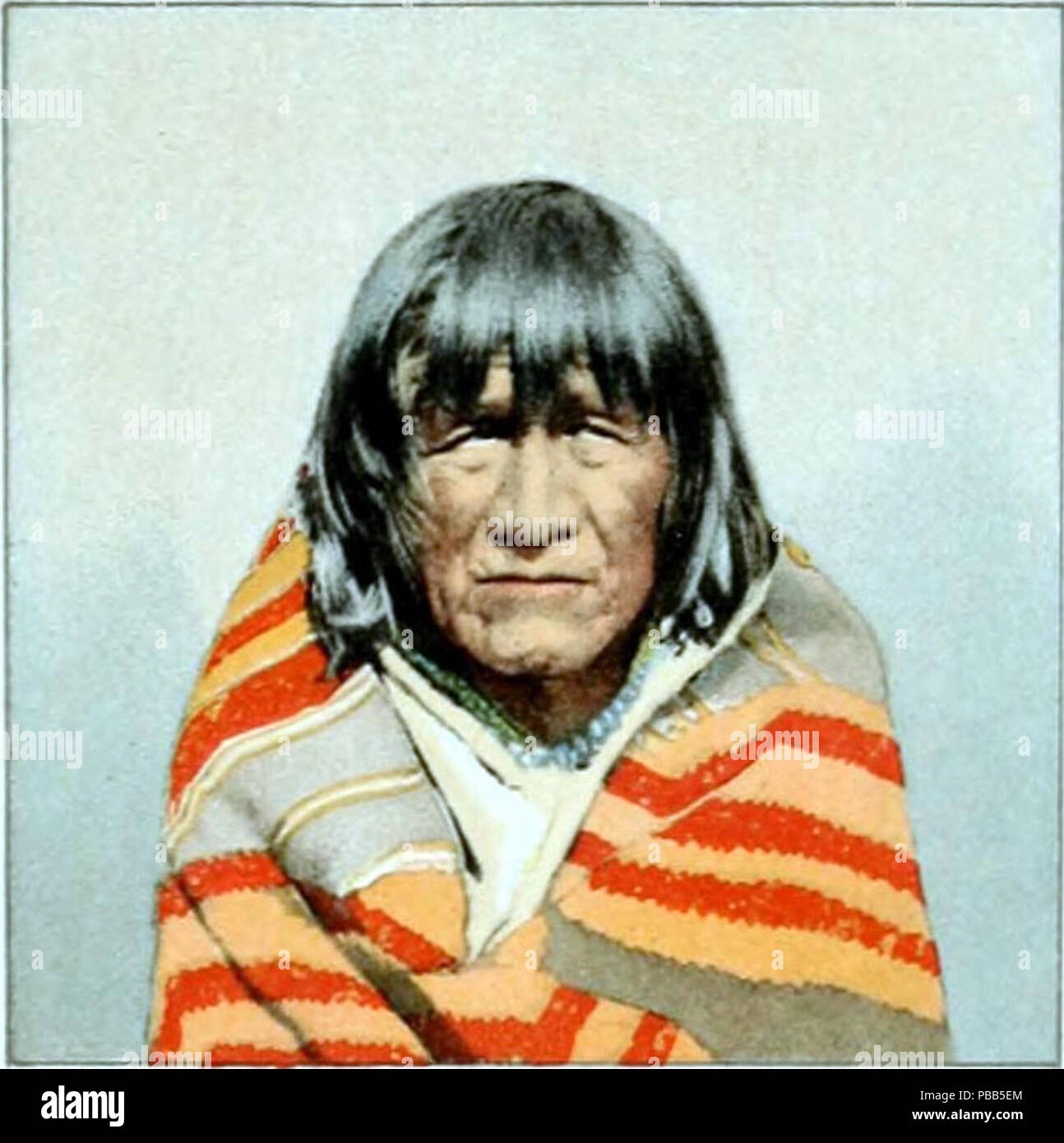
Echoes of Clay and Drum: The Enduring Spirit of Cochiti Pueblo
Nestled along the verdant banks of the Rio Grande, approximately 35 miles southwest of Santa Fe, lies Cochiti Pueblo – a vibrant testament to enduring tradition, artistic brilliance, and an unwavering connection to the land. For centuries, the people of Cochiti have nurtured a unique cultural identity, expressed through the rhythmic beat of their renowned drums, the intricate narratives etched in their iconic pottery, and the quiet strength of a community that has weathered millennia of change. In a world rushing towards homogenization, Cochiti Pueblo stands as a living museum, a dynamic community where ancient customs breathe alongside modern aspirations.
To understand Cochiti is to delve into a deep stream of history that flows back thousands of years. The ancestors of the Cochiti people were among the earliest inhabitants of the American Southwest, cultivating corn and building sophisticated communities long before European contact. Their lineage traces back to the Ancestral Puebloans, and their current location along the Rio Grande has been continuously inhabited since at least the 13th century. Speaking Keresan, one of the oldest and most distinct language families in North America, the Cochiti people have maintained their linguistic heritage, a critical cornerstone of their cultural preservation.
The arrival of the Spanish in the late 16th century brought seismic shifts to the Pueblo world. While the Spanish introduced new crops, animals, and technologies, they also imposed their religion and governance, often with brutal force. Cochiti, like its sister Pueblos, endured periods of suppression, forced labor, and attempts to eradicate their traditional spiritual practices. This culminated in the Pueblo Revolt of 1680, a remarkably coordinated uprising that saw the Pueblo peoples successfully expel the Spanish for 12 years. Cochiti played a significant role in this pivotal event, demonstrating a fierce independent spirit and a deep commitment to cultural sovereignty that continues to define them.

"Our history is etched into the very landscape around us," explains a Cochiti elder, whose words echo a collective sentiment. "The mountains, the river, the earth – they remember. And so do we. Every dance, every song, every pot we make carries the memory of those who came before." This profound connection to history and land is not merely an academic concept; it is a lived reality that permeates every aspect of Cochiti life.
Perhaps no aspect of Cochiti culture is as widely recognized and celebrated as its distinctive artistry. The Pueblo is renowned for two primary crafts: pottery and drum making. Both are more than mere objects; they are vessels of history, spirituality, and community identity.
Cochiti pottery, in particular, holds a special place in the art world. While traditional forms like bowls, jars, and effigy figures have always been made, the Pueblo gained international fame in the mid-20th century with the emergence of the "Storyteller" figure. The Storyteller, typically a seated elder (often female) with an open mouth, surrounded by children climbing on her lap, shoulders, and head, was innovated by the legendary Cochiti potter Helen Cordero in 1964. Cordero created the first Storyteller in memory of her grandfather, a beloved storyteller in the community.
These figures are not just charming; they embody the vital role of oral tradition in Pueblo culture. They symbolize the passing down of knowledge, history, and values from one generation to the next. Each Storyteller is unique, often adorned with traditional designs and depicting various children, animals, or even miniature pots. The clay itself, sourced from local deposits, is carefully prepared, coiled by hand, scraped smooth, and then traditionally fired outdoors. The process is labor-intensive and steeped in tradition, ensuring that each piece carries the essence of Cochiti.
As one young Cochiti potter explains, "When I dig the clay, I feel connected to my ancestors. When I coil the pot, I’m thinking about the stories my grandmother told me. The Storyteller figures aren’t just art; they’re our history, our language, our future, all rolled into one." This sentiment underscores the profound spiritual and cultural significance of their craft.
Equally iconic are Cochiti drums. Considered by many to be the finest in the Southwest, Cochiti drums are not just musical instruments; they are the heartbeat of the Pueblo. Made from hollowed-out cottonwood logs and stretched rawhide, these drums produce a deep, resonant sound that is central to ceremonial dances, social gatherings, and spiritual practices. The process of making a drum is a sacred art, involving careful selection of wood, precise hollowing, and the meticulous lacing of rawhide heads.
The sound of a Cochiti drum reverberating across the plaza during a feast day dance is an experience that transcends mere auditory perception. It is a primal rhythm that connects the dancers to the earth, to their ancestors, and to the living spirit of their community. "The drum calls us together," says a tribal member. "It speaks of our prayers, our gratitude, our joy. Without the drum, our dances would be silent, our spirit diminished."
Beyond its celebrated artistry, Cochiti Pueblo maintains a rich tapestry of cultural and spiritual practices. The Keresan language remains a vital component of daily life, particularly among elders, and efforts are continuously made to teach it to younger generations. Traditional dances and ceremonies, often closed to outsiders, are regularly performed, reaffirming communal bonds and spiritual connections to the natural world. Corn, beans, and squash, the "Three Sisters," continue to be cultivated, symbolizing sustenance and a harmonious relationship with the land.

The Cochiti Koshare, or sacred clowns, are another fascinating aspect of Pueblo culture. These figures, with their distinctive black and white striped bodies and corn husk headdresses, play a critical role in ceremonies. They act as satirists, social commentators, and spiritual intermediaries, using humor and often outrageous behavior to teach important lessons, reinforce community values, and remind people of the delicate balance between order and chaos. Their performances are both entertaining and profoundly meaningful, challenging perceptions and fostering introspection.
Governance at Cochiti Pueblo reflects its ancient roots while adapting to modern needs. The Pueblo is led by a Governor, Lieutenant Governor, and a Tribal Council, all elected annually. This system ensures community representation and self-determination, allowing the Cochiti people to manage their own affairs, protect their resources, and chart their own future in accordance with their traditions. Tribal sovereignty, hard-won over centuries, is fiercely guarded and celebrated.
In the 21st century, Cochiti Pueblo, like all indigenous communities, faces a unique set of challenges. Economic development is a constant pursuit, balancing the need for jobs and services with the desire to maintain cultural integrity. Tourism, while providing income for artists and local businesses, is carefully managed to ensure respect for sacred sites and private ceremonies. The Pueblo encourages visitors to experience their culture respectfully, often during public events like the annual San Buenaventura Feast Day on July 14th, when traditional dances and art markets are open to the public.
Language preservation is another critical concern. With the increasing influence of English, efforts are underway to create robust Keresan language programs for children and adults, ensuring that the ancestral tongue continues to thrive. Engaging youth, providing educational opportunities, and addressing issues like health and infrastructure are ongoing priorities.
Yet, despite these challenges, the spirit of Cochiti remains indomitable. The Pueblo is a vibrant, living community, not a relic of the past. Its people are not merely preserving tradition; they are actively living it, adapting it, and breathing new life into it for future generations. The resilience shown during the Spanish conquest, the Pueblo Revolt, and centuries of American expansion continues to fuel their determination.
As the sun sets over the Rio Grande, casting long shadows across the ancient adobe walls of Cochiti Pueblo, one can almost hear the faint echoes of ancestral drums and the whispered tales of storytellers. It is a place where the past is ever-present, where art is a language, and where community is the ultimate treasure. Cochiti Pueblo stands as a powerful reminder that true wealth lies not in material possessions, but in the enduring strength of culture, the wisdom of ancestors, and the unbreakable spirit of a people deeply rooted in their land. Their story is a testament to survival, adaptation, and the timeless power of identity in an ever-changing world.


